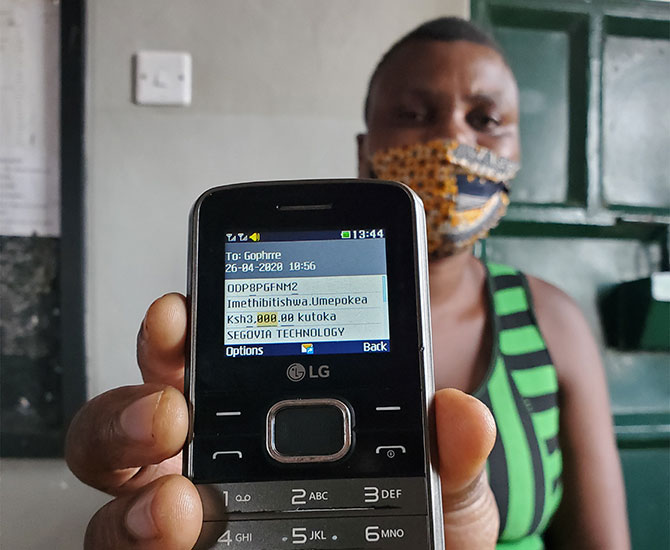Glen Clarke : A History of Violence
CATALOGUE ESSAY
Rajesh Punj
There is an impressive complexity of paper and pattern that constitutes the work of Australian artist Glen Clarke. A heady cocktail of politics, economics and aesthetics are neatly folded into each of the origami styled cannon of his works in order to create these symmetrical configurations of banknotes and thread that, when pinned together, layer upon layer, note upon note, become the intricate detail for a much larger mosaic styled image, which, from a measured distance, proves utterly compelling. When given to examining Clarke’s works with a forensic eye, they read like the DNA for a coded reality of a greater set of truths that are as destabilising as they might well appear decorative.
For Clarke detail is as much about the universe as it is the anatomical elements holding all things together, which he explains as a calculated appraisal of the “spaces once occupied” by material form. “I was trying to determine and promote an awareness of our own physical relationship to other objects in space. I need to know how one relates to other objects physically.”
As he positively attempts “to understand the relationship between objects. It soon became evident that in a three-dimensional world, the positive form of an object was no longer important, but of greater significance was our relationship to other objects, or more importantly, the space between objects.” And of how such architectonic details can be unsettled entirely by the intervention of the actions of wars, permitting the devastation and damage of landscapes under occupation. Where we might all concentrate entirely on the actions of the populous as they seek to defend themselves from the bombardment of battle, Clarke as ethnographer draws attention to how such devastation can transform the solemnity and silence of a landscape beyond repair.
Interested in a lunar landscape of man-made ‘voids’, ‘craters’ and ‘explosions’ that have been fashioned by internal and external wars historically, Clarke is absorbed by how such critical conditions come to alter space entirely. Domestic, social, or political, space is the favoured currency of conflict in which countries create their own refugees, and a growing state of unease allows for a temporary infrastructure that serves to promote one set of ideas over another. Thus such a history of violence, regional and international, constitutes an archive of misshapen memories that alters the lives of the living. And for Clarke one of the major fallouts of regional wars are the discarded shells that settle uneasily into the earth, and can overtime disappear into the landscape like a mechanised disease set to eradicate larger numbers of humanity. These UXO’s or ‘unexploded ordnance’ mark a historical period for Clarke in the Indochina region, where Cambodia, Laos and Vietnam are stitched together as countries riddled by unrest and ravaged by war.
Unearthing the minutest of details, which act as the catalyst for Clarke’s work, he sees such mechanised devices – unexploded and in a state of rest – as the trigger for a series of life changing ‘big bangs’ that go onto affect thousands upon thousands of individual atoms and atmospheres thereafter. And for Clarke damage is as enduring as love. “Within an Australian context these simple elements act as metaphors for human entities, personal lives, and the greater cosmos … as this research investigates the molecular structure of things.”
Significantly for Venice, Clarke envisages introducing a work born of Project Renew that he has been actively involved with since 2000. Based in Vietnam, Project Renew is dedicated entirely to educating the populous of ‘mine risk awareness’, and of the consequences of the ignorance of living with such explosives for many years thereafter. As new generations seek to cultivate and culture the unsettled landscape for their own purposes, Project Renew alerts them of the danger of coming into direct contact with wreckage from historical conflicts. For Clarke the collateral creativity of his new works for Venice are an emotional reflection of his “distain for cluster bombs”, and the media’s “lack of interest in a conflict not determined by an interest in oil”.
Artist as humanitarian, Clarke intends to draw attention to the impossible politics of conflict and its repercussions upon the lives of the individual. Furnished by a critical swell of positive statistics, Clarke confirms his dogged determination for much more. “I will continue to work with Project Renew and MAG in assisting and encouraging awareness throughout these remote regions in an attempt to improve or save the lives of children, and, just as importantly, bringing about exposure in venues in the West such as this forum in Venice at Palazzo Mora.”
For Venice Clarke talks entirely of the space, negotiating everything in terms of his forensic interest in the situation and circumstances that have allowed him to transpose a critical and well researched work onto the biennale stage.
Rajesh Punj, December 2014
Glen Clarke will appear in Personal Structures (Director Okwui Enwezor), Palazzo Mora, Global Art Affairs Foundation, the 56th Venice Biennale, 9 May – 22 November 2015 – palazzomora.org
Glen Clarke is represented by Gaffer Ltd. Hong Kong – gaffer.com



























